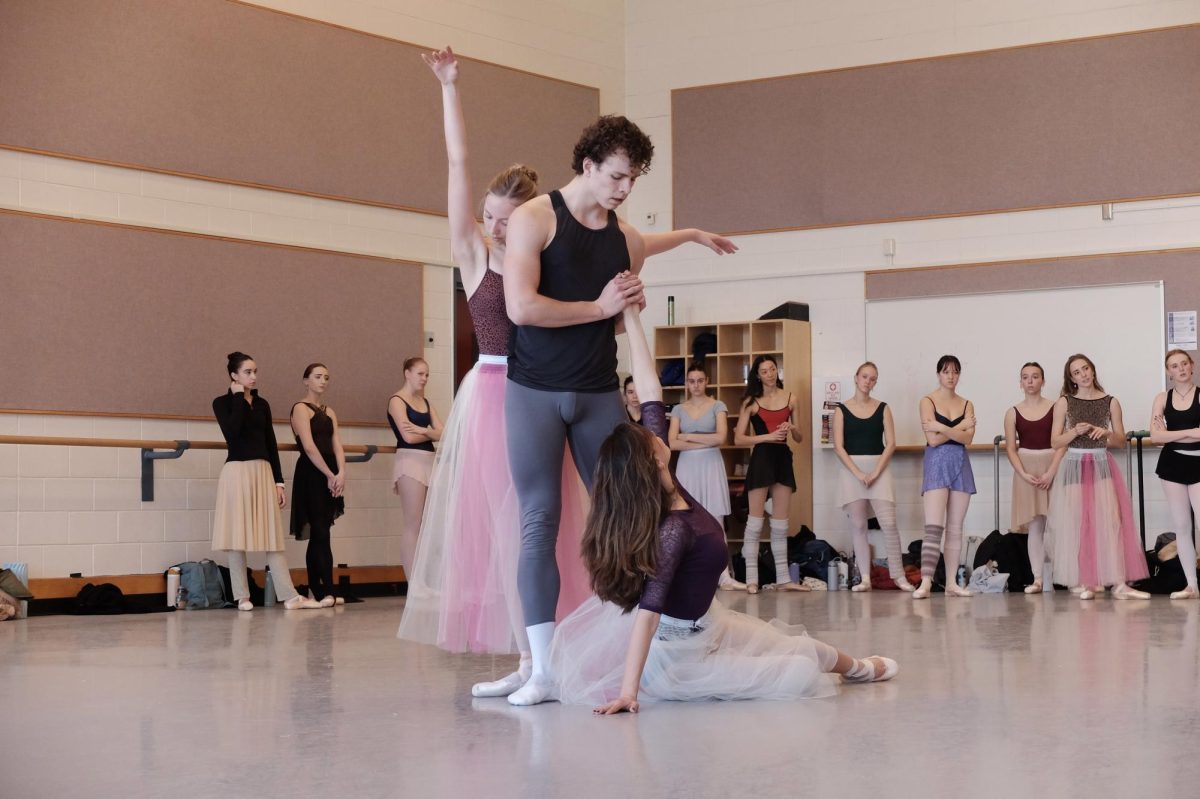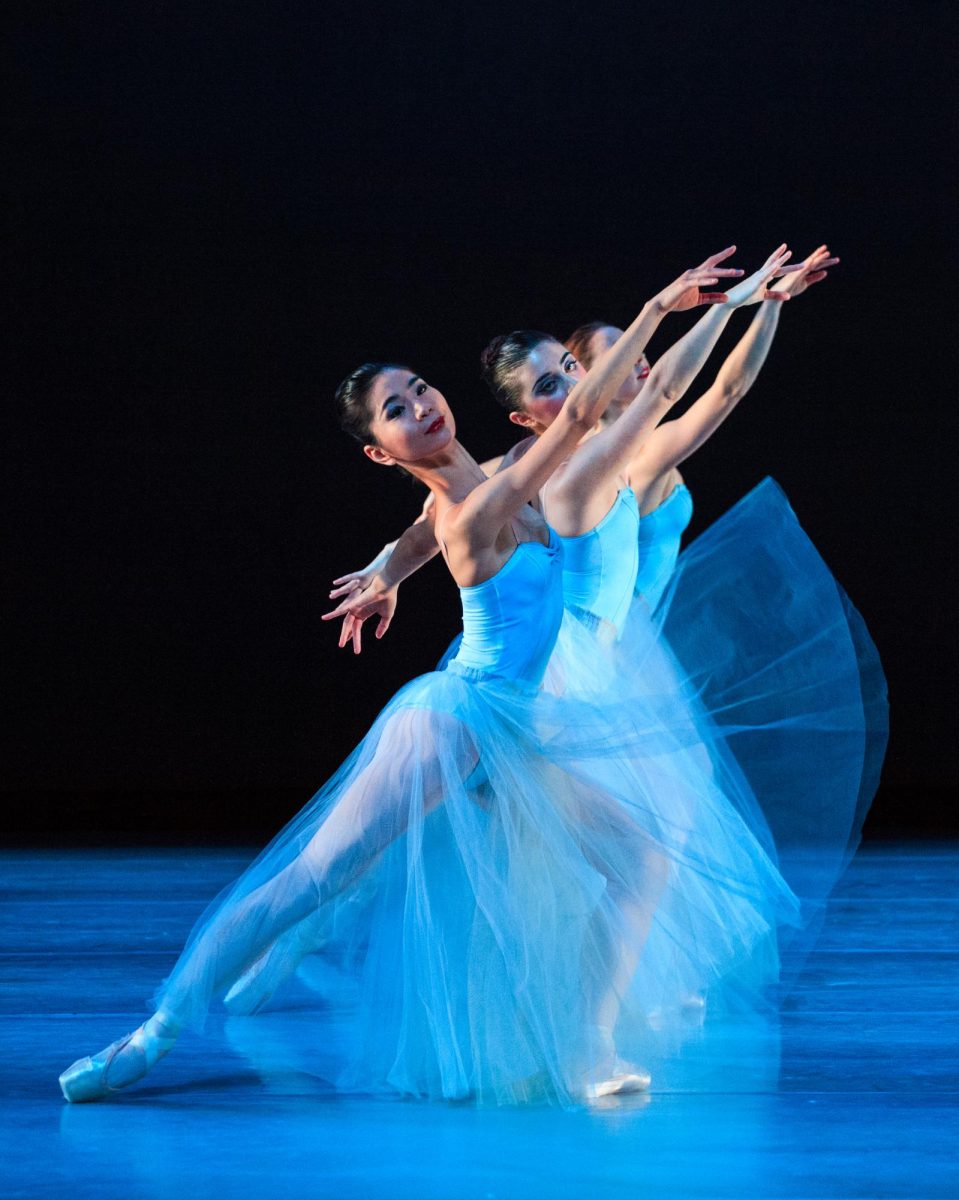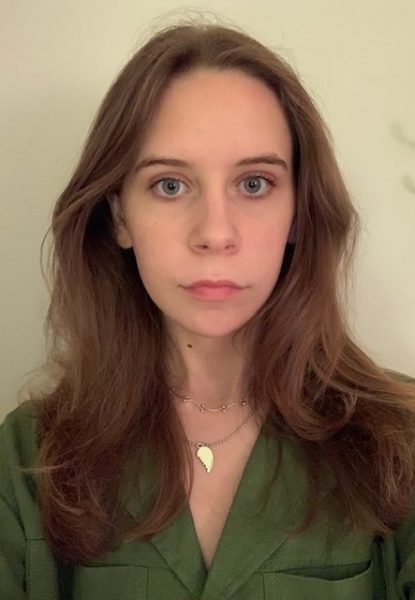The University of Utah has a strong arts presence on campus with several performing arts centers and widely-known arts departments. One such department is the School of Dance, with its renowned faculty and innovative curriculum. Despite all of these opportunities, there is a neglect of equity in the treatment of minorities, which is rooted in traditional dance practices and reflected in the dance community as a whole. To address this, students in the School of Dance formed the Queer Dance Initiative.
A Space for LGBTQ+ Dancers
Queer Dance Initiative was formed in 2021 to create a safe space for queer dancers in the School of Dance. According to the School of Dance’s Equity, Diversity and Inclusion page, QDI’s goals are “to promote and exercise queer awareness in the areas of social, political, cultural, and dance studies.”
I had the pleasure to speak with Daniel Cohen, a QDI member and student in the U’s ballet department, about his experiences in the club and as a queer dancer.
“Since queer students are in the minority, we just want to create a space for people from both departments or even who are just taking dance for a class,” said Cohen.
Queer dancers are in the minority in both the School of Dance here at the U and in the professional dance scene. This is why the space is needed, as well as to acknowledge queer dancers and the problems they face, such as micro-aggressions on a day-to-day basis.
QDI also organized workshops with Jazzmine Pike, a SLC native and dancer. The workshop consisted of three sessions in voguing, a style of dance that originates from the queer community in the 1980s. Cohen remarked how nice it was to be taught by someone who was also queer and a person of color. Despite how overlooked the queer community is in the dance community, QDI is prompting acknowledgment of their presence and pushing for more representation.
Necessary Representation
Dance is a highly expressive art form, and it’s important for those who take part in it to feel as though they are accurately representing themselves. Due to the traditional nature of classical ballet, things are still fairly segregated gender-wise and there’s a lack of queer representation in the storylines in ballet.
While being a dancer means playing a part you might not identify with, it’s valuable for queer dancers to see that there are stories that they can identify with presented alongside the traditional ballet stories.
However, Cohen pointed out that even if there is queer representation in dance productions, it’s likely those roles won’t be played by people who are queer.
“A lot of the time you don’t have the minority in principal positions,” Cohen said. “I think to an extent that would be fine if we had equal representation already, but we don’t,” he said.
QDI is working on equaling representation for queer dancers at the U, however, it will take time to see these changes reflected in the professional scene.
Sexuality and Arts Intertwined
Art is a form of expression, and thus sexuality naturally has a presence in the arts as people grapple with the expressions of their identities. Sexuality and its expression is a big discussion in dance, particularly because of the gendered roles and language used. QDI has addressed this and communicated with the School of Dance faculty about changing their language to be queer-inclusive.
“It feels like nothing’s being done concerning queer issues,” said Cohen. “When they are, it just takes a while.”
These changes take time, but they’re worth the wait if it means making more students feel welcome and accepted in their communities.
Queer dancers deserve the opportunities to accurately express themselves through the art form that they love. The arts serve as an expression of the human experience, and everyone can relate to the art of being human.
“If you’re talking about a love story or a story about someone being lonely, that could be anyone,” said Cohen. “Whether they’re gay or straight, it doesn’t really matter, because that’s a human experience.”













